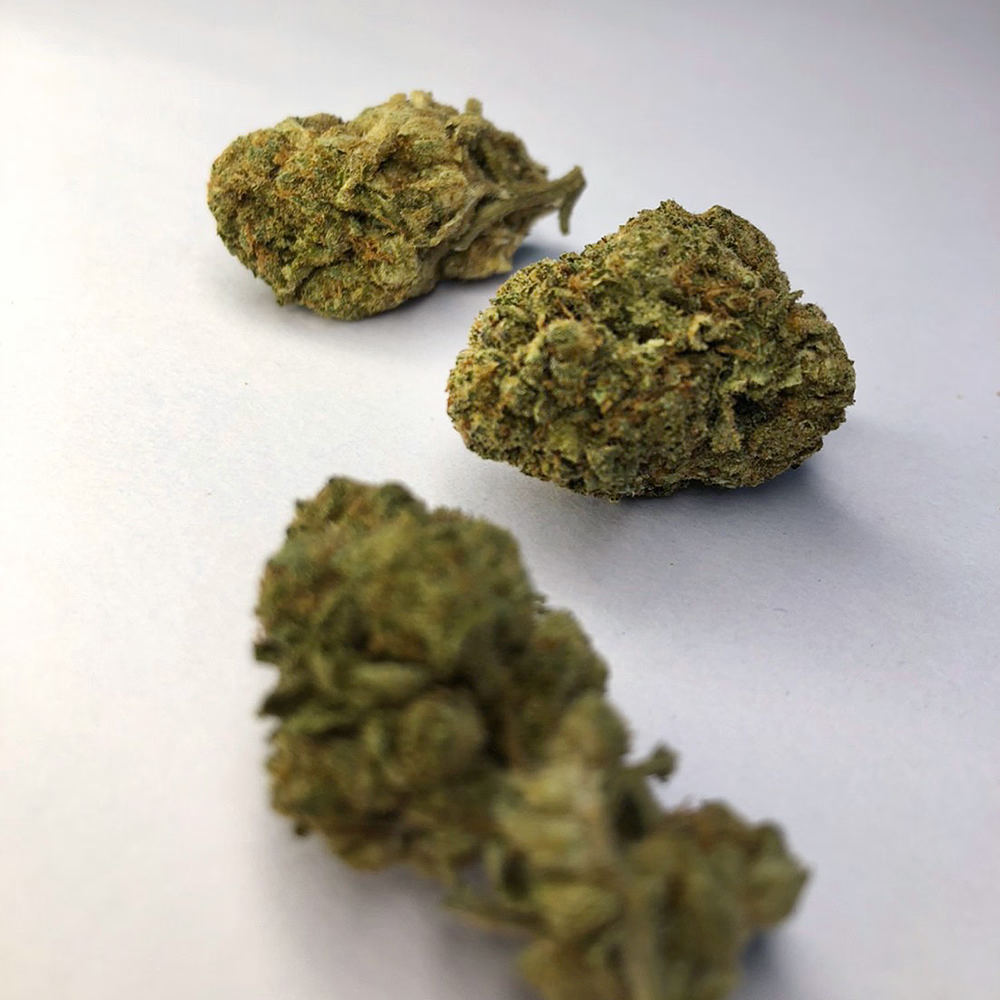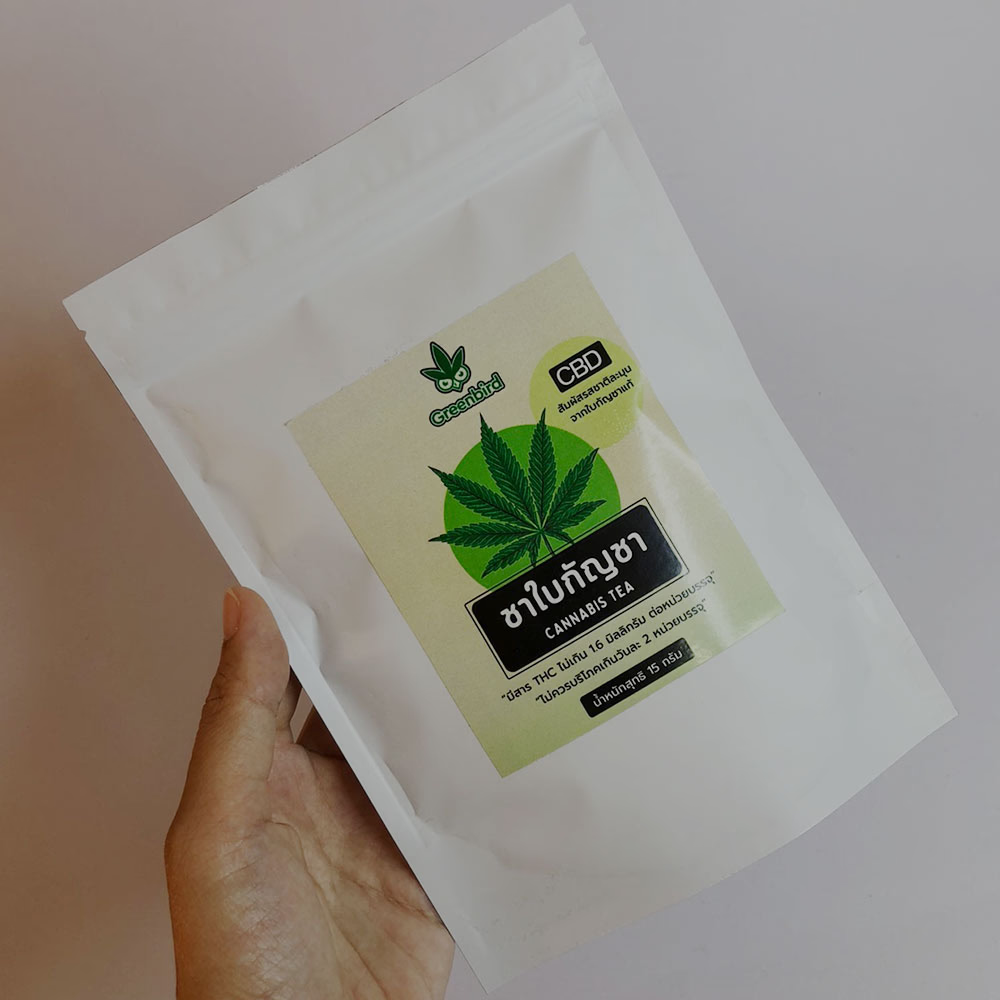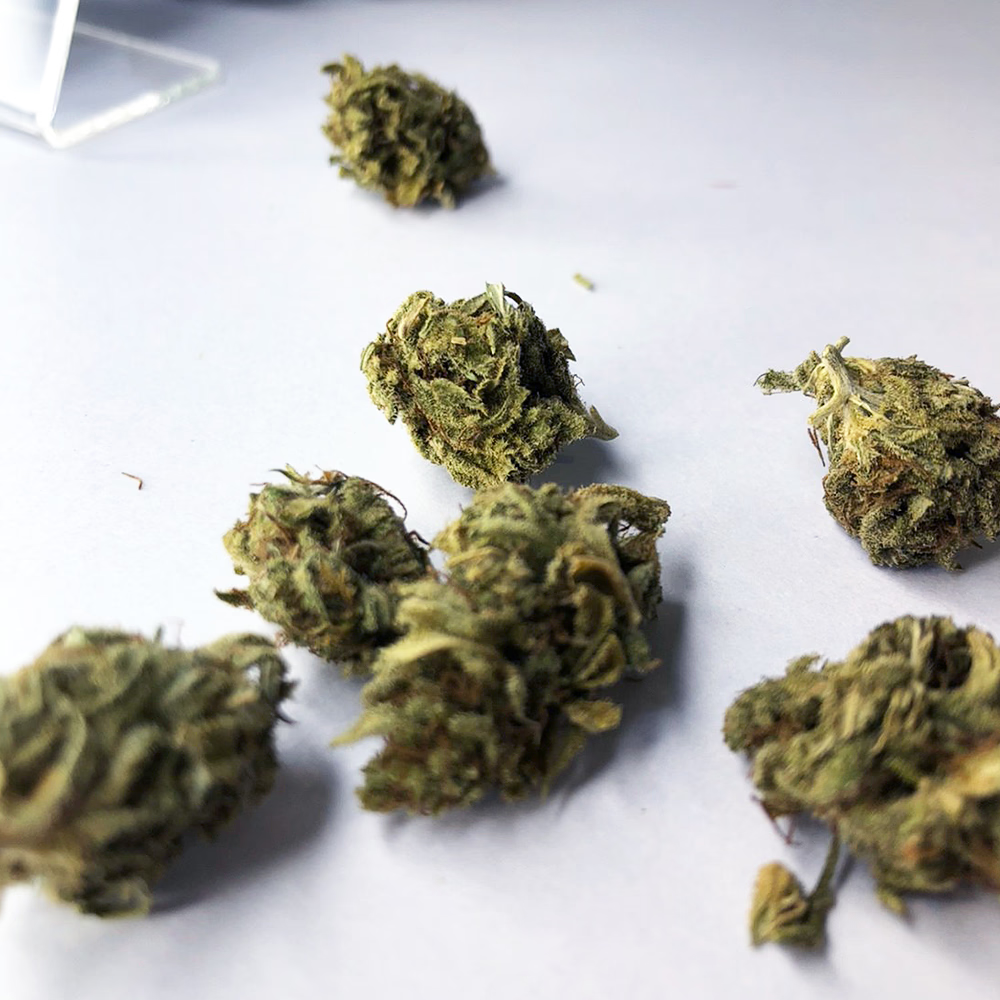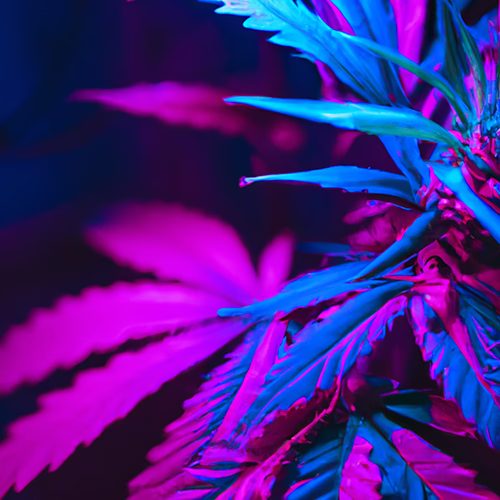What are terpenes, and how does cannabis use them to its advantage?
Examining the Entourage Effect: How Terpenes and Cannabinoids Interact
Harnessing the Potential of Cannabis Using Terpenes and Aromatherapy
What are terpenes, and how does marijuana benefit from them
Terpenes are a group of aromatic chemical compounds in cannabis and other plants. Although they have a variety of impacts on the human body, the plant's primary goal is to keep predators, parasites, and diseases at bay. Terpenes are also in charge of giving cannabis its distinct flavor and aroma.
More than 100 terpenoids, each with a unique flavor and aroma profile, are found in cannabis. Monoterpenes, which have two hydrocarbon molecules, and sesquiterpenes, which have three hydrocarbon molecules, are the two subtypes of terpenes. Sesquiterpene molecules are darker than monoterpene molecules, which are often lighter in color.
Beta-myrcene, limonene, linalool, pinene, caryophyllene, and humulene are the most frequent terpenes discovered in cannabis. When taken or inhaled through smoking or vaporizing marijuana flowers or extracts such as oils, waxes, and concentrates, each of these terms has a distinct effect on the body.
The advantages of consuming cannabis that is high in terpenoids include improved moods because of its anti-anxiety effects, increased relaxation because of its soothing effects, pain relief because of its anti-inflammatory effects,
Improved digestion because of its digestive aid components, better sleep because of its sedative effects, and improved focus and alertness because of their stimulating compounds like pinene that boost mental alertness.
In addition, terpenoids interact with the cannabinoids (THC/CBD) in cannabis to bring out the unique characteristics of each strain of marijuana flower or extract product you ingest, enabling you to create unique experiences based on the results you want from your weed session.
For instance, some strains might be more "uplifting" because they contain more limonene, while others might be more "relaxing" because they include more myrcene.
Terpenoids are also helpful to marijuana since they stabilize cannabinoid profiles. They maintain constant THC/CBD levels throughout batches so that customers know what they receive every time they buy legal pot goods! Additionally, as terps aid in bringing out the fragrance and flavor characteristics inherent in strains, this makes smoking your plant a more pleasant experience.
Terpenes are significant chemicals and important players when choosing your favorite strain because they provide a variety of advantages that are not just tied to marijuana use but also intimately associated with it. Knowing what kind and how much terpenes are present in a particular strain will help you ensure you always receive the effects you want, whether energetic or relaxing.

Cannabis Terpenes' Positive Effects
Terpenes are fragrant elements that are present in a variety of plants, including cannabis. These chemicals create the distinctive flavor and aroma of each distinct cannabis strain, but they also offer several health advantages that make them more than just an appealing smell. In this article, we'll examine the advantages of cannabis terpenes, including their capacity to relieve pain and their potential to lessen anxiety and sadness.
Pain relief: Terpenes with analgesic qualities, such as myrcene and linalool, can be utilized as natural substitutes for prescription medications like ibuprofen or acetaminophen.
According to research, these chemicals can help reduce inflammation and relieve acute and chronic pain from ailments like fibromyalgia or arthritis.
Antiseptic Qualities: Several terpenes have antiseptic properties that may be advantageous when applied topically to the skin.
The growth of some bacteria and fungus has been proven inhibited by pinene, whereas limonene can help prevent infection from bites or cuts.
Reduction of Anxiety: In lab research, it was shown that several terpenes, such as linalool, have anxiolytic (anti-anxiety) effects on animals. This suggests that these substances may relieve stress or anxiety sufferers without needing prescription drugs like benzodiazepines or antidepressants.
Relieving symptoms of depression: According to research, certain terpenes may help alleviate depression by interacting with our endocannabinoid system (ECS).
While linalool appears to lower cortisol levels, studies show that limonene can raise levels of serotonin, a neurotransmitter involved in mood regulation, which helps improve stress-induced depression symptoms like irritability, sleeplessness, exhaustion, hunger problems, and more.
Stress Relief & Relaxation: Myrcene is a terpene known to be particularly good at reducing nervous system activity and promoting feelings of relaxation without any psychoactive side effects usually associated with THC use alone.
Other frequently occurring terpenes, such as linalool, are also thought to work in concert with CBD to relieve stress and anxiety-related problems.
The interactions between cannabis terpenes and our bodies' ECS system may also have anti-inflammatory effects because they reduce inflammation along several different routes in our bodies.
This may result in enhanced general health and a reduced risk of illness progression from inflammatory diseases, including arthritis, asthma, etc.
Appetite Stimulation: It has been noted that some terpene profiles boost appetite in persons who eat them. This is particularly true for products high in myrcene, which have been anecdotally linked to increased hunger in users.
Those receiving chemotherapy treatments who struggle to maintain appropriate weights throughout treatment sessions could find this helpful.

Recognizing the Various Terpenes Found in Marijuana
Terpenes are one of the many chemical components of the complex cannabis plant. Terpenes are present in all types of plants, but cannabis has an exceptionally high concentration because of its distinct genetics.
The possible health advantages and therapeutic impacts of these aromatic oils have been the subject of substantial research. We'll look at the practical benefits of cannabis terpenes on your body and mind in this post.
Let's start by defining terpenes precisely. Hydrocarbons called terpenes are what give fragrant plants like cannabis their distinctive aroma. They may also impact the taste and flavor of various cannabis strains.
The cannabis plant contains more than 100 terpenes, each having a distinctive aroma and therapeutic benefits. You may be drawn to a particular strain because it smells right or has a flavor you like, probably because it contains certain terpenes.
The fact that these same terpenes can benefit our bodies, whether ingested orally or via edibles or tinctures, should not come as a surprise. Despite having no psychotropic effects, research reveals that these aromatic molecules interact with our endocannabinoid system (ECS) similarly to cannabinoids like THC and CBD.
This means that when consuming products containing terpene-rich extracts from the cannabis plant, you don't need to be concerned about getting high. What kind of advantages do cannabis terpenes provide, then? According to studies, they may serve as natural painkillers and stress relievers, reduce inflammation, enhance sleep quality, and even improve mood.
For instance, the terpenes in cannabis-derived products like myrcene and linalool have both been associated with anti-inflammatory effects, making them ideal for anxiety or depression alleviation without experiencing any psychoactivity.
The entourage effect, which is the concept behind total spectrum hemp extract products made famous by companies like Charlotte's WebTM and contains a variety of beneficial compounds working together for maximum benefit, is also facilitated by terpenes' synergistic interactions with other substances found in the cannabis plant, such as flavonoids and cannabinoids like THC and CBD. These compounds all contribute to the entourage effect.
There is evidence that specific cannabinoid and terpene combinations may help treat medical disorders like chronic pain or epilepsy-related seizures and make us feel better physically and emotionally (although more research still needs to be done here).
Terpene-rich extracts might be worth a try if you only seek light relaxation after a hard day without becoming stoned. Numerous studies have demonstrated sure fragrant molecules' ability to reduce stress levels, making them ideal for usage on occasion before bed or whenever you need a quiet break from the stresses of daily life without feeling unduly sedated.
Examining the Entourage Effect: How Terpenes and Cannabinoids Interact
Cannabis fans and scholars alike are becoming increasingly interested in the phenomenon known as The Entourage Effect. Said, it is the idea that terpenes and cannabinoids such as THC and CBD work together to boost effects in the body.
This implies that different chemical mixtures can affect those who consume them. It's critical to comprehend how terpenes and cannabinoids interact to produce the Entourage Effect as cannabis consumers continue researching its possible health advantages.
One of the cannabis plant's most intriguing properties is The Entourage Effect. It describes how terpenes and cannabinoids interact to produce a synergistic impact that strengthens the effects of both chemicals separately.
Numerous studies on this phenomenon have been conducted recently, helping to solve some of the mysteries surrounding cannabis and its possible medical advantages. This article will define the Entourage Effect, explain how it operates, and discuss why it is crucial to comprehending cannabis.
The Entourage Effect's fundamental building blocks are cannabinoids and terpenes. Cannabis plants contain cannabinoids, chemically active substances that interact with our bodies in various ways, most notably through our endocannabinoid system (ECS).
Tetrahydrocannabinol (THC), the most well-known cannabinoid and the substance that gives marijuana many of its euphoric properties, is a cannabinoid. Cannabinol (CBN), among many other essential cannabinoids, cannabidiol (CBD), and many more.
Terpenes are organic substances that are naturally present in all plants, including cannabis. They give some fruits and flowers their distinctive smells and scents, but they also significantly influence how cannabis interacts with our systems when we smoke or consume edible goods.
Because different cannabis strains can produce varying levels of highs depending on their unique terpene profiles, also known as "terpene fingerprints," some terpenes can boost THC's euphoric effects while others can lower them.
The Entourage Effect is a synergistic interaction between cannabinoids and terpenes that occurs inside our bodies and enhances or modifies some effects brought on by any molecule alone. Studies have shown that some combinations are more effective at relieving pain than CBD alone.
Other combinations may have more antidepressant or anxiolytic effects than THC alone, yet other combinations may have more excellent sedative effects than CBN alone. These findings imply that an ideal ratio of various cannabinoids and terpenes may exist and that this ratio, sometimes referred to as "the entourage effect" or "the synergistic impact," may result in a more potent medical treatment than any single molecule provided alone.
There are already several intriguing hypotheses on why this phenomenon occurs, even if more investigation is required before conclusive conclusions can be reached about how these interactions function together within our body chemistry. According to one theory, specific terpene molecules bind directly to cannabinoid receptors found in our ECS;
According to another, certain combinations of these compounds may increase the bioavailability of certain chemicals, which would then travel throughout our bodies and produce beneficial effects. According to a third theory, these interactions may increase the effectiveness of certain medications by increasing the rate at which they are absorbed into cells in all of our body tissues.
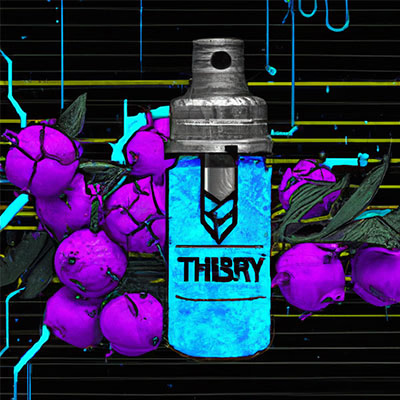
Harnessing the Potential of Cannabis Using Terpenes and Aromatherapy
Understanding the effects of various strains is one of the most crucial parts of cannabis use. Choosing which products can provide you with the desired outcomes can be challenging because there are so many.
Terpene profiles, fortunately, offer a quick approach to evaluating a strain's effects. This article will discuss terpenes used to evaluate strain effects.
Please become familiar with specific cannabis terpenes: Before evaluating strains based on their terpene profiles, it helps to be aware of some of the most frequently found in cannabis and their related effects.
Examples include linalool (soothing/sleep aid), limonene (energizing/uplifting), and myrcene (calming/sleep aid) (anti-anxiety).
Recognize the interactions between various terpenes: Depending on elements like genetics and growing conditions, different cannabis strains typically contain many terpene types at variable degrees.
Learn how specific combinations of pungent terpenes interact with one another to understand better the potential effects that a given strain may have on you. This interaction may affect how the strain affects your body and mind.
Investigate specific strains: After a basic understanding of how different terpene combinations interact, use online resources or speak with knowledgeable budtenders at dispensaries to learn more about particular strains and their reported effects based on their known chemical composition (i.e., their terpene profile). By doing this, you can assess if a specific strain will likely result in the desired effects before buying or consuming it.
Experiment with various combinations: As you develop more expertise in researching specific strains using their well-known terpene profiles, consider trying other combinations until you find one that best suits your requirements or tastes! Keeping track of which ones do and don't work for you will make choosing something new even simpler the following time.
Talk to other users: Last but not least, remember that asking other users about their experiences with various strains can also give you beneficial information about which ones might be best for you.
Many websites provide forums where people may discuss everything regarding cannabis use. Take advantage of these tools whenever you can!
Before consuming a cannabis strain, terpene profiles are a valuable tool for determining potential side effects; thoroughly examine individual chemicals and their combinations.
Remember that speaking with other users who have had similar experiences can also help point out other options that might suit your requirements or tastes.
